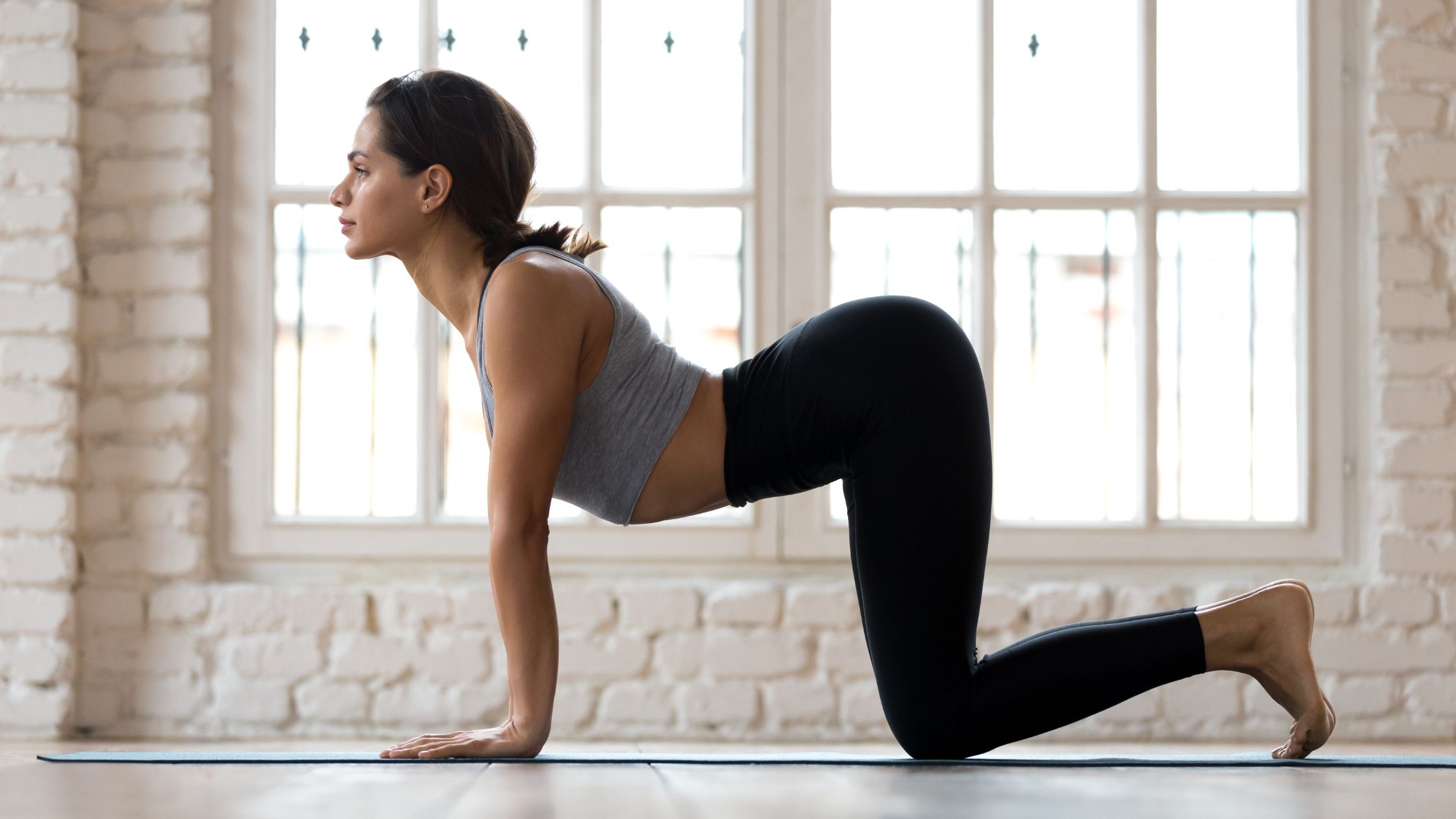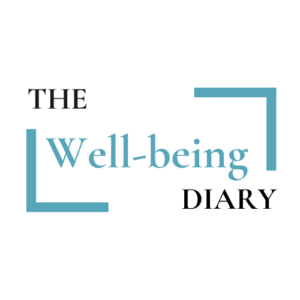7 Best Exercises to Relieve Lower Back Pain Naturally

Key Takeaways
What are the best exercises for lower back pain relief?
The best exercises for back pain relief include:
- Cat-Cow Stretch: Improves spinal mobility
- Child’s Pose: Gently stretches the lower back
- Pelvic Tilts: Strengthens the core for lumbar support
- Bridge Exercise: Builds core and glute strength
- Knee-to-Chest Stretch: Loosens tight lower back muscles
- Seated Spinal Twist: Enhances spinal flexibility
- Dead Bug Exercise: Strengthens deep core muscles
Lower back pain is a common issue that affects people of all ages, often caused by poor posture, weak core muscles, or prolonged sitting. Fortunately, you don’t have to rely on medication for relief—simple stretching exercises, physical therapy techniques, and home workouts can help strengthen your core, improve spine health, and provide lumbar support for long-term comfort.
In this article, we’ll explore the seven best exercises for natural back pain relief, including yoga for back pain, posture correction techniques, and strength-building movements.
1. Cat-Cow Stretch (Yoga for Back Pain)
The Cat-Cow stretch is a gentle yoga exercise that enhances spinal mobility and alleviates tension in the lower back.
How to Do It:
- Get on all fours with your wrists aligned under your shoulders and knees under your hips.
- Inhale, arch your back, and lift your head and tailbone (Cow Pose).
- Exhale, round your back, tuck your chin, and pull your belly button toward your spine (Cat Pose).
- Repeat this movement slowly for 1-2 minutes.
Benefits:
- Improves spine health
- Enhances posture correction
- Reduces stiffness and tension
2. Child’s Pose (Gentle Stretching for Back Pain Relief)
Child’s Pose is a yoga for back pain stretch that gently elongates the lower back, promoting relaxation and flexibility.
How to Do It:
- Kneel on the floor, sit back on your heels, and stretch your arms forward.
- Lower your chest toward the floor while keeping your hips back.
- Hold for 30–60 seconds, breathing deeply.
Benefits:
- Stretches the lower back and hips
- Promotes pain management
- Improves flexibility
3. Pelvic Tilts (Core Strength & Lumbar Support)
Strengthening your core is essential for lumbar support and maintaining a pain-free back. Pelvic tilts help engage the abdominal muscles, reducing pressure on the lower spine.
How to Do It:
- Lie on your back with knees bent and feet flat on the floor.
- Tighten your abdominal muscles and push your lower back into the floor.
- Hold for 5 seconds, then relax.
- Repeat 10–15 times.
Benefits:
- Strengthens core muscles
- Supports posture correction
- Reduces pressure on the lumbar spine
4. Bridge Exercise (Core Strength & Spine Health)
The bridge exercise strengthens the core, lower back, and glutes, providing stability and reducing strain on the lumbar region.
How to Do It:
- Lie on your back with your knees bent and feet hip-width apart.
- Press through your heels and lift your hips until your body forms a straight line.
- Hold for 5–10 seconds, then lower down slowly.
- Repeat 10–15 times.
Benefits:
- Improves lumbar support
- Builds core strength
- Enhances spine health
5. Knee-to-Chest Stretch (Stretching Exercises for Back Pain Relief)
This simple stretching exercise helps loosen tight lower back muscles, providing pain management and improving flexibility.
How to Do It:
- Lie on your back with both knees bent.
- Pull one knee toward your chest, holding it with both hands.
- Hold for 20–30 seconds, then switch sides.
- Repeat 2–3 times per leg.
Benefits:
- Reduces lower back tightness
- Enhances posture correction
- Promotes pain management
6. Seated Spinal Twist (Yoga for Back Pain & Posture Correction)
Twisting movements help stretch and decompress the spine, aiding in spine health and posture correction.
How to Do It:
- Sit with both legs extended in front of you.
- Bend your right knee and cross it over your left leg.
- Place your right hand behind you and your left elbow outside your right knee.
- Gently twist your torso to the right and hold for 20–30 seconds.
- Repeat on the other side.
Benefits:
- Enhances spinal mobility
- Improves posture correction
- Relieves tension in the lower back
7. Dead Bug Exercise (Core Strength & Home Workouts)
A strong core plays a crucial role in back pain relief and posture correction. The dead bug exercise strengthens deep core muscles without straining the lower back.
How to Do It:
- Lie on your back with knees bent at 90 degrees and arms extended toward the ceiling.
- Slowly lower your right arm and left leg toward the floor.
- Return to the starting position and switch sides.
- Repeat 10–12 times per side.
Benefits:
- Builds core strength
- Supports spine health
- Prevents lower back strain
Final Thoughts
Incorporating these stretching exercises, home workouts, and yoga for back pain into your daily routine can provide lasting back pain relief and improve overall spine health. Consistency is key—combine these movements with good posture habits and lumbar support for the best results.
If your back pain persists, consider consulting a professional for physical therapy and personalized pain management strategies.
FAQ
What is the best exercise for lower back pain relief?
The Cat-Cow stretch is one of the best exercises for back pain relief, as it improves spinal mobility and reduces tension.
How often should I do these exercises for back pain?
For best results, perform these exercises at least 3–5 times per week, incorporating gentle stretching and core-strengthening movements.
Can yoga help with lower back pain?
Yes! Yoga poses like Child’s Pose and Seated Spinal Twist help stretch and strengthen the back, improving posture and reducing pain.
Are these exercises safe for beginners?
Absolutely! These exercises are beginner-friendly and can be modified based on your flexibility and comfort level.
When should I see a doctor for back pain?
If your back pain persists for more than a few weeks, worsens over time, or is accompanied by numbness or weakness, consult a healthcare professional.
